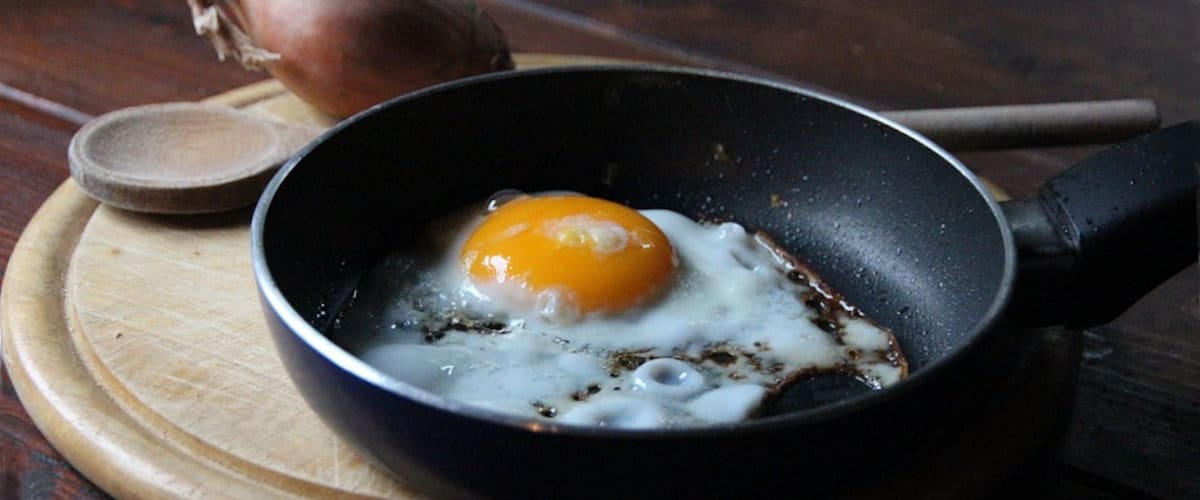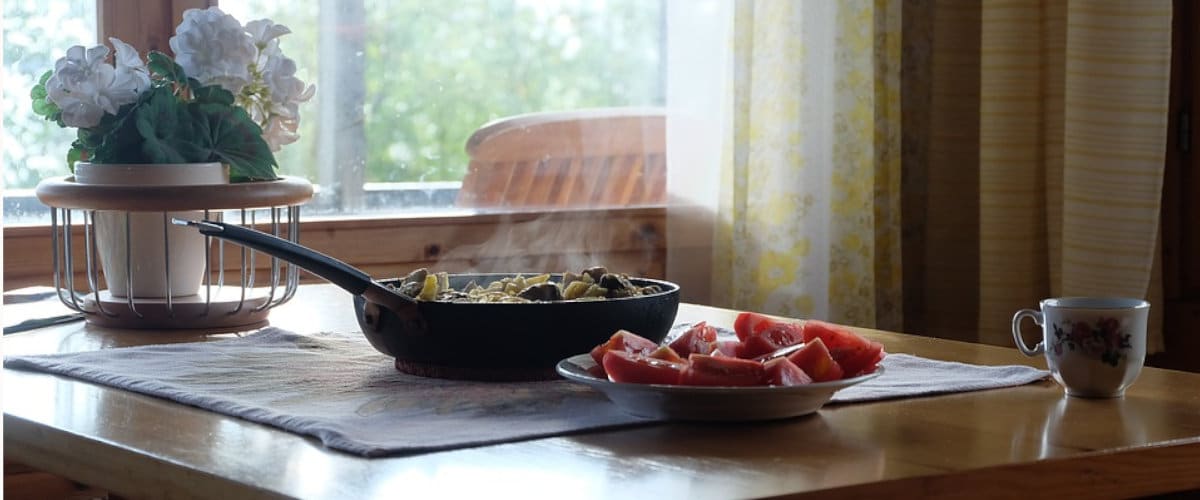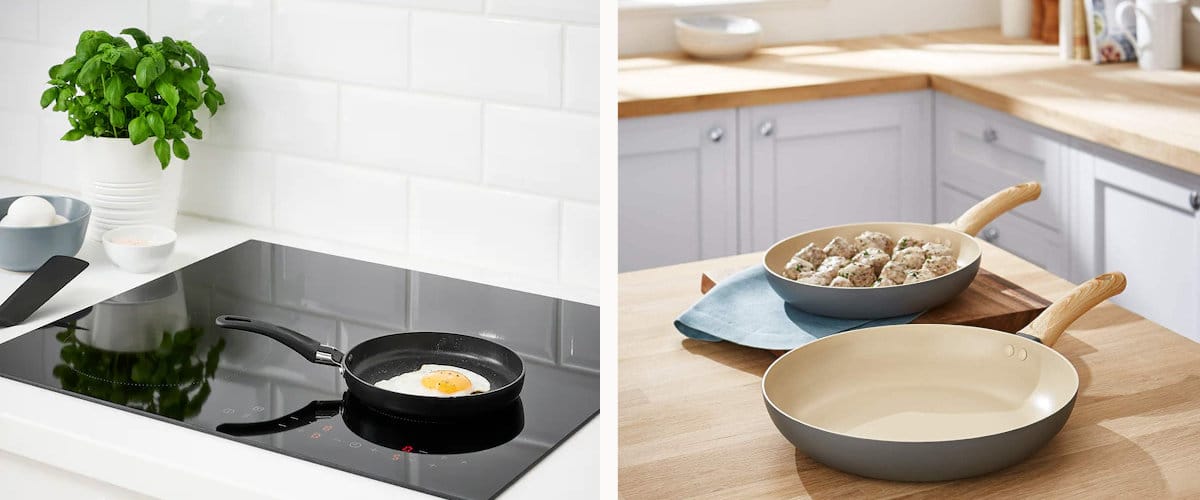
In the market there is a great variety of pans. Made of different types of materials, they take different shapes depending on their diameter, the height of the walls or the characteristics of the handle. Thus, choosing the most suitable frying pan is not usually an easy task.
One of the first keys to choosing the right pan is to think about what we want it for: What are we going to cook in it? What technique are we going to use? To have a frying pan for everything It is not a possibility, so we must try to gather different needs into one.
What characteristics should a good frying pan have? An even distribution of heat, a quality non-stick coating and a certain durability is the minimum that we must demand from a frying pan. In addition, it must be comfortable and easy to use, or it would not make sense to invest in it. Both the materials used in its manufacture and its design will influence these characteristics, which is why we analyze them for you.
The material
The materials used in the manufacture of the pan, notably influence their qualities. Remember too, that not all of them are used for induction; they need a layer of steel for it. So reading the indications on the label of the same will always be necessary.
Non-stick with Teflon
Non-stick pans are made from different aluminum or steel alloys, although this is not the main characteristic of these pans but their non-stick layer, often made up of three or more layers of polytetrafluoroethylene (PTFE), better known as Teflon. A material that easily degrades if the pan is subjected to too high temperatures - so you should never heat it empty - and that can be damaged with the use of skimmers or metal cutlery.
- Advantages: Its price is economical.
- Disadvantages: Teflon easily degrades releasing particles that are harmful to health.
Ceramics
Ceramic pans they resist high temperatures very well, but they can easily deteriorate and lose their natural non-stickiness. They are not very durable; you have to take care of them with care to extend their useful life.
- Advantages: Even subject to abrasion they do not release harmful substances.
- Disadvantages: They have a short life.
Molten iron
Iron is very good conductor of heat Therefore, in addition to distributing the heat very evenly, it will retain it for a long time. Although the most interesting of these is, without a doubt, its ability to improve with uses. And it is that a natural non-stick layer is being created little by little that gives the pan an ugly appearance but is very practical.
- Advantages: They enhance the flavor of food and withstand high temperatures without spoiling.
- Disadvantages: They are more expensive and heavier than other pans. Also, the first few times it is advisable to grease them well to help form the non-stick layer.
Stainless steel
Stainless steel pans are oriented to a professional kitchen. They are very robust and resistant, but they should not be easy to handle, since food tends to stick to them as they do not have a non-stick coating.
- Advantages: They have a long life
- Disadvantages: You have to know how to use them.
The design
Flat pans, sautés, woks…. Each type of pan has been designed to facilitate food preparation with a concrete cooking technique. However, if we owe the one with greater versatility, we would probably choose a flat pan with slightly high walls or a sauté. Do you want to know the differences between one type and another?
- Skillet. With not too high rims, the pans were designed to mark food. To prepare meats, for example, it may be interesting to seal them in the pan and finish them in the oven, for which the satin must have a removable handle or resistant to high temperatures.
- Jumped up. Sauté is the technique used to cook food with a small amount of fat in a pan. That we we know as stir fry. Pans for this purpose generally have a flat bottom and tall, straight or open walls.
- Wok. It is a round pan, with very high walls and slightly convex. They are usually made of iron or aluminum, and are used for rapid cooking at high temperatures. In addition to sautéing, it can also be used for steaming, placing a basket on top.
There are other types of pans, such as the frying pan, but those mentioned are the most common, those that have a greater role in our kitchens. Which one do you usually use to cook? Which do you think is the most versatile?



